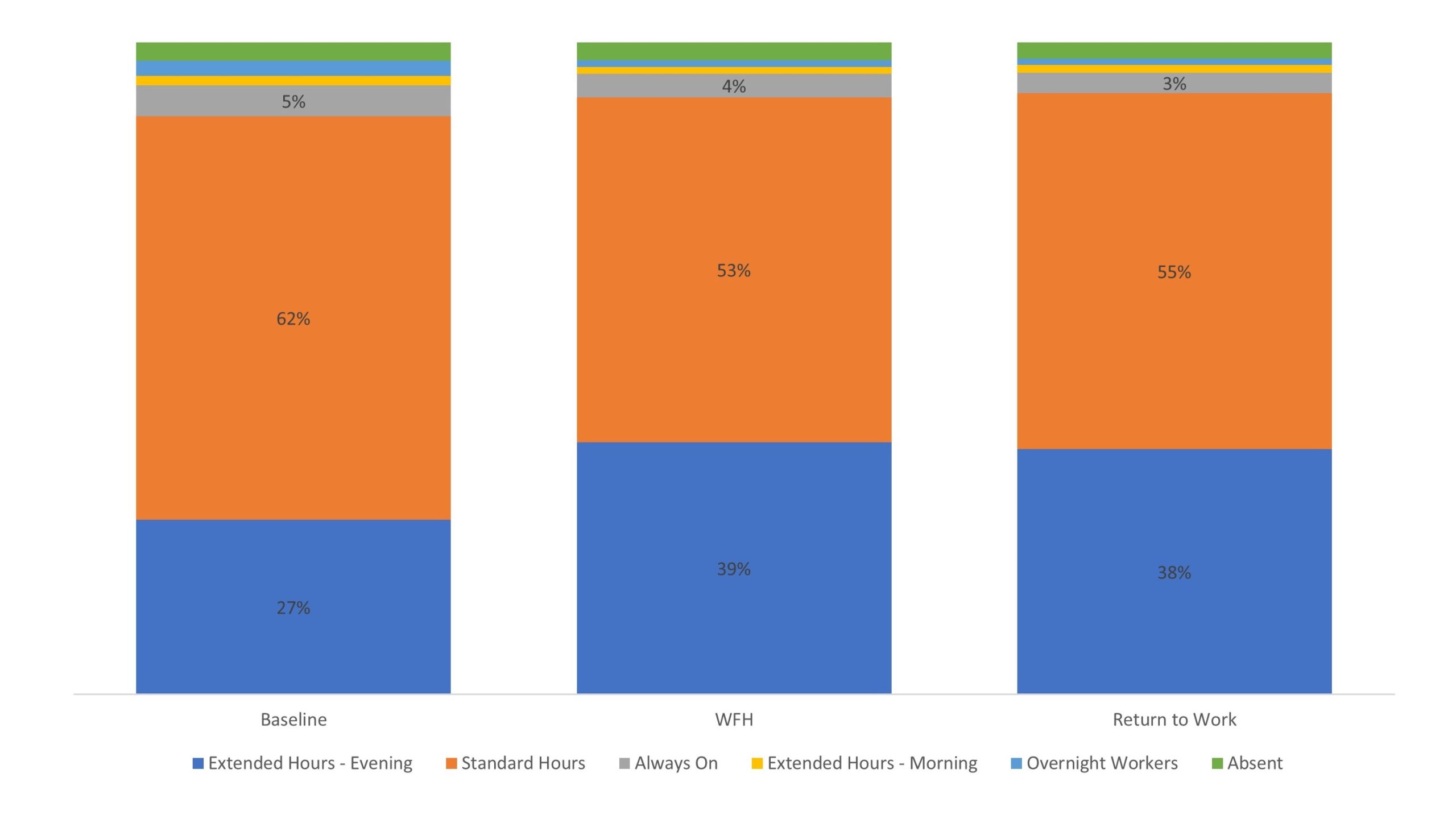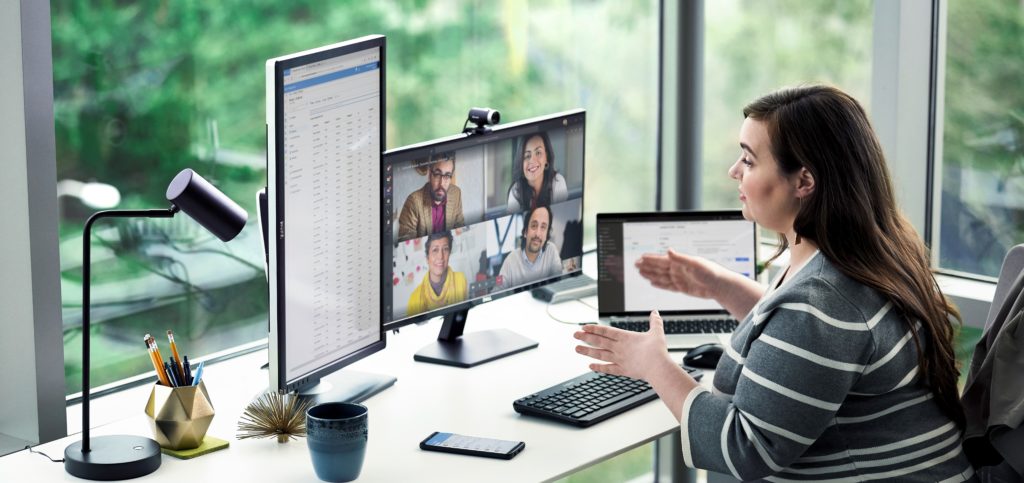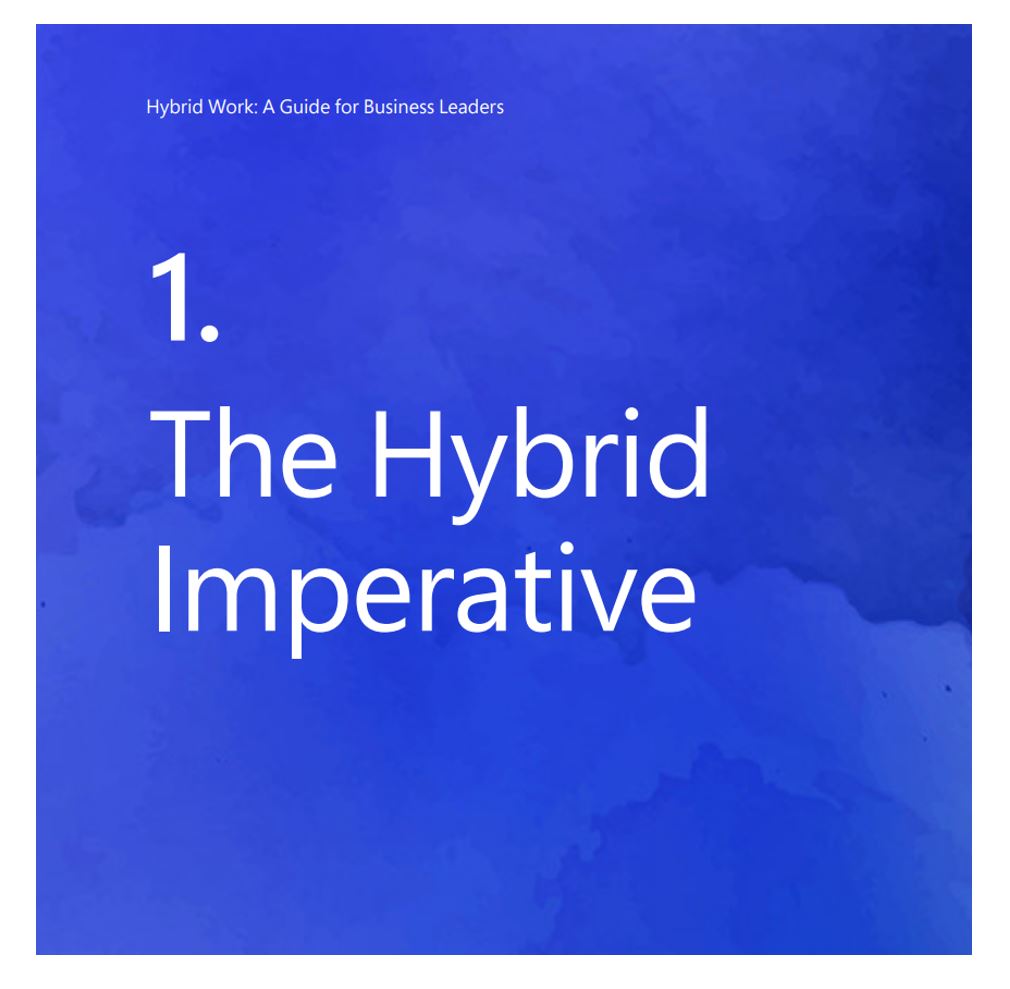
July 22, 2020
Lessons from China: A return to the office, but not to the old way of working
Editor’s Note: COVID-19 has impacted people around the world, challenging us to adapt to travel restrictions, school closures, and the removal of barriers between work and life—all at once. So, what does a cross-functional team of engineers, data scientists, analysts, and marketers that lives in the space between workplace culture and data do when presented with the world’s largest work-from-home shift? It, well, does its homework. In this blog series, we’ll share real-time learnings as we measure the impact of this unprecedented shift away from the office, and back again, on how one group of employees works, connects, and balances our lives. We hope these insights will teach us something about how work is changing and help us all get through this, together.
As parts of the world begin to reduce restrictions on movement and work, we have a unique opportunity to once again learn from our colleagues in China. In an earlier post, we chronicled the adjustments made by Microsoft employees in China as they shifted to remote work in early February. Recently, these colleagues have been transitioning again as part of a measured, staggered return to the office. Just as we gained early insights into how employees adapted when working from home, we turned again to the data to learn from our colleagues in China what the rest of the world’s knowledge worker population might face going back to the company workspace—whether at once, or in waves. We sought to answer top-of-mind questions such as:
• What ways of working in the workplace changed temporarily during remote work, and will go back to normal?
• Which have more permanently changed?
We wanted to take an early look at trends, while acknowledging that the return to the office remains a process that is by no means complete and may not be permanent. Across our sites, employee wellbeing and safety is being prioritized, and we expect that as we incrementally re-energize the campuses and offices that house our community, our behaviors will continue to shift. By doing early and ongoing analysis, we hoped to gain clues about what a future that is likely to be increasingly hybrid or remote friendly will look like, and how employees and organizations might adapt to significant changes in work and work culture.
These initial insights, which we obtained using Workplace Analytics to measure everyday work in Microsoft 365, show us that things did not just boomerang back to the way they were once the office’s soft opening began. Both bright spots—such as manager-employee connection—and challenges—such as lengthening work days and weeks—that emerged during remote working continued to grow as some employees were re-introduced to the office. This is partially because we are not yet “back to normal,” with staggered returns, social distancing and face-to-face limitations in offices, and disruptions impacting global markets. But even as the situation remains fluid, we also see signs of potential long-term changes from the remote working experience that will carry into our new ways of working.
Ways of working evolve
One striking feature of the last few months is the change in how we use technology to work together. Now, we’re seeing that these shifts might not be temporary.
Finding: The previous increase in instant messaging did not abate.
For example, as our colleagues were physically separated from each other, they spent 50 percent more time sending instant messages compared to when they were in the office. Now, as the workforce is continuing to return to the office, that level of instant messaging has remained constant. During the first three weeks that people began to shift back to the office, greater use of instant messaging remained steady and so far, appears to be a lasting norm change from the work-from-home phase. Our colleagues report they value the use of instant messaging as a sidebar in meetings because it allows everyone to participate, for instance when some attendees are in-person and others working from home or remotely from another location at the office.
Finding: Video and voice calls have fluctuated since the workforce’s staggered return began.
In contrast, we found that the amount of time spent on Teams video and voice calls—which increased during the work-from-home period—has fluctuated considerably and even increased some weeks since returning to the office. A statistical analysis using Information Value demonstrated that the amount of time in calls was the single biggest behavioral differentiator between all three of our analysis periods: the baseline, the work-from-home phase, and the current return-to-the-office period. Our colleagues in China report that Teams serve to replace quick face-to-face hallway meetings, and with large parts of the office still working from home this need still drives Teams calls.
Evening impacts persist
We noted in our previous post about China that the shift to remote working lengthened workweeks by 90 minutes longer on average. Unfortunately, once they started to return to the office, the workweeks of our colleagues in China grew by an additional two hours on average.
Finding: Workweeks continued to lengthen.
The number of additional hours varies based on what city the people work in, what function they perform, and their level of managerial responsibility, but all show a consistent increase. Much of this growth is fueled by an increase in virtual meetings, with some managers reporting days with more than eight hours of calls and video meetings.
However, looking only at the average workweek length can mask some underlying distributions that are more insightful, so we analyzed further.
Finding: The new night shift has become more common among employees.
Our hypothesis was to test whether individuals were switching off for a couple hours during the day, for example to spend time with their family, and then switching back on later to finish their work. We allowed the data to guide us with a hierarchical clustering algorithm that groups employees with similar daily email and IM activity. Analysis discovered that individuals are ending their work days later in the evening, resulting in longer workweeks. Our colleagues in China have reported that they lose track of time and struggle to switch off in the evening, and this trend has persisted into the return-to-office phase. The group of late evening workers has increased to 38 percent of the population (up from 30 percent during the work-from-home period).

These findings confirm that the shift to a “new normal,” where flexible working is common and physical offices may only be open at limited capacity, is likely to create a host of challenges for our employees—some of which might become even more pronounced than during the 100 percent remote-work scenario.
Our colleagues, like those at many other organizations, will need to balance workload alongside all of their many possible roles: parent, caretaker, friend, neighbor, citizen. It is heartening to see the dedication our colleagues bring to their work in these difficult times, but we know that long-term, a culture where people struggle to switch off in the evenings should not be the answer. Our data underscores the need for senior leaders and managers to come together in this new era of flexible/hybrid work and help set clear boundaries to safeguard employees from potential burnout through soft openings and beyond. To this end, Microsoft leadership in China is taking action by encouraging employees to use their wellbeing benefits and is reaching out proactively to help them shift back to the office environment.
The manager factor
We know managers play a critical role in clarifying goals, helping employees prioritize and engage, and bringing energy to teams. We learned that managers in China increased the amount of 1:1 time with their direct reports by 17 percent after the shift to working from home. So we were eager to learn what happened when people started going back to the office.
Finding: Manager 1:1 time with direct reports continued to climb.
We found that manager 1:1 time increased an additional 6 percent during the transition period away from remote work, and continues to grow. This sustained increase in manager 1:1 time suggests a more permanent shift may be occurring. Microsoft China rolled out a program to increase manager 1:1 time in November 2019, and the positive effects persisted through the disruptions of the last six months. In addition to spending more time with their direct reports, managers are coached to open their meetings by checking in on personal wellbeing, which helps them to model, coach, and care for their team.
We’ve learned a lot from our colleagues in China as they forged a new path, and we think there’s still more to learn about what might be ahead for us and our customers and how we can best adjust. This recent transition shows that returning to the workplace does not necessarily mean we are returning to business as usual. In fact, it indicates that business as usual might not be exactly the same as it was ever again.
Some of the trends we’re seeing are promising, such as the ongoing manager focus on employee support, and the continuation of strong networks amid disruptions, which we examined in our first look into our experience in China. Other trends, such as increased collaboration load and work week spans, are emerging as challenges we might need to solve at scale in order to transform how we all work in the future. One constant thread we’ve noticed in all of our research is the adaptability and resiliency of our people and teams, who have quickly shifted the ways they work amid new environments and challenges. Most promisingly, we see the consistent ability to respond flexibly as a key to finding a new normal that works for us all.
Thanks to Ainize Cidoncha for her analytical support on this report.
Methodology: To help us chronicle the journey of our 300-person organization and other groups at Microsoft, we draw on data from Workplace Analytics to help quantify the impact on collaboration, networks and focus, explore the lived experiences of our teammates through surveys and interviews, and tap into the knowledge of experts where it helps our understanding.
Research Lead: Kevin Sherman
Series Editor: Natalie Singer-Velush






